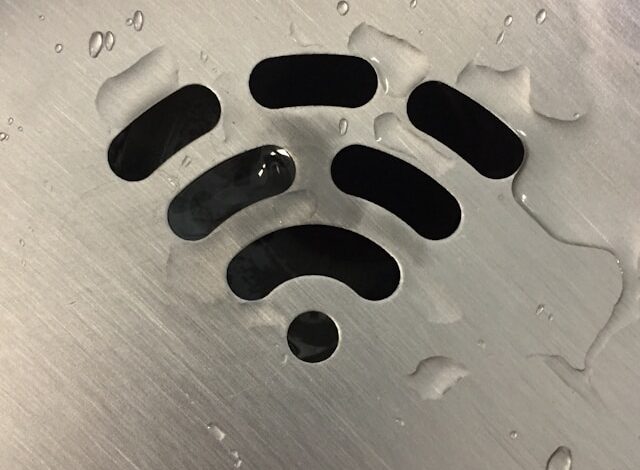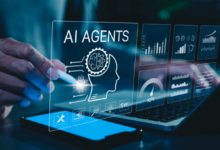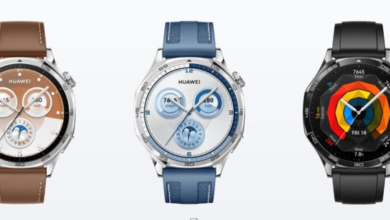Innovation Junction: The Intersection of Technology and Accessibility

The digital age has revolutionized the way we live, work, and interact with the world. From online communication to e-commerce, technology offers a plethora of benefits. However, this progress can sometimes leave people with disabilities behind. Here’s where accessibility comes in – the principle of ensuring that information and communication technologies (ICTs) are usable by everyone, regardless of their abilities.
Innovation Junction: Where Tech Meets Inclusivity
Innovation Junction represents the exciting convergence of technological advancements and the relentless pursuit of accessibility. It’s a space where creative minds come together to bridge the digital divide and empower individuals with disabilities (Set pause time). This allows users to control the pace at which information is presented. Imagine a world where:
- A visually impaired person can navigate public spaces with the help of AI-powered wayfinding apps.
- A person with hearing loss can actively participate in conversations through real-time captioning and voice recognition software.
- Individuals with limited mobility can control their environment and access information using voice commands or smart home technology.
- These are just a few examples of how innovation at the intersection of technology and accessibility can create a more inclusive and equitable future.
Breaking Down Barriers: Key Areas of Innovation
Innovation Junction encompasses a wide range of technological breakthroughs that are transforming the accessibility landscape. Let’s delve deeper into some key areas:
1. Assistive Technologies for Sensory Impairments
Vision Enhancement: Technologies like screen readers, text-to-speech conversion, and magnification software empower visually impaired individuals to access digital content and navigate computer interfaces. Advancements in augmented reality (AR) also hold promise for assisting with daily tasks by providing visual cues and information overlays.
Hearing Assistance: Real-time captioning tools for video conferencing and online lectures, along with voice recognition software that transcribes speech to text, are crucial for people with hearing impairments. Additionally, hearing aids with advanced features like noise cancellation and Bluetooth connectivity are improving communication accessibility.
2. Tech Solutions for Physical Limitations
Mobility Aids: Smart wheelchairs equipped with obstacle detection and navigation systems offer greater independence for individuals with mobility limitations. Exoskeletons, wearable robotic devices, are undergoing development to assist with movement and rehabilitation.
Adaptive Interfaces: Voice-controlled interfaces, touchless controls, and ergonomic keyboards are just some examples of technologies that make interacting with devices easier for people with motor skill difficulties. Eye-tracking technology is another emerging solution that allows users to control computers and other devices using their eye movements.
3. Building a More Inclusive Web
Web Accessibility Guidelines (WCAG): These international standards ensure that websites and web applications are designed and developed to be perceivable, operable, understandable, and robust for people with disabilities.
Accessible Design Principles: Following principles like using clear and concise language, providing alternative descriptions for images, and ensuring keyboard navigation compatibility are essential for creating accessible websites and digital tools.
Fostering Collaboration and Inclusivity
Innovation Junction requires a collaborative effort from various stakeholders. Here’s how we can accelerate progress:
Supporting Research and Development: Funding research initiatives and fostering innovation in assistive technologies are crucial for creating cutting-edge solutions.
User-Centered Design: Involving people with disabilities in the design process ensures that technologies cater to their specific needs and preferences.
Raising Awareness: Educating the public, policymakers, and technology developers about the importance of accessibility is key to creating a more inclusive digital world.
The Road Ahead
Guide by Groundsurf, Innovation Junction represents a dynamic and evolving space with endless possibilities. As technology continues to advance, we can expect even more innovative solutions that bridge the gap between technology and accessibility. By fostering collaboration, prioritizing user-centered design, and creating a culture of inclusion, we can move towards a future where everyone can benefit from the power of technology.
FAQs
What is Innovation Junction?
Innovation Junction is the intersection of technology and accessibility, where advancements are made to bridge the digital divide for people with disabilities.
What are some examples of assistive technologies?
Examples include screen readers for visually impaired users, real-time captioning for people with hearing loss, and voice-controlled interfaces for individuals with motor skill difficulties.
What are the Web Content Accessibility Guidelines (WCAG)?
WCAG are international standards that ensure websites and web applications are usable by everyone, regardless of their abilities.
Conclusion
In conclusion, Innovation Junction is more than just a technological advancement; it’s a social imperative. By creating inclusive and accessible technologies, we empower individuals with disabilities, unlock their potential, and pave the way for a more equitable and just society. Let’s continue to invest in innovation at this crucial intersection and build a digital world that truly works for everyone.






